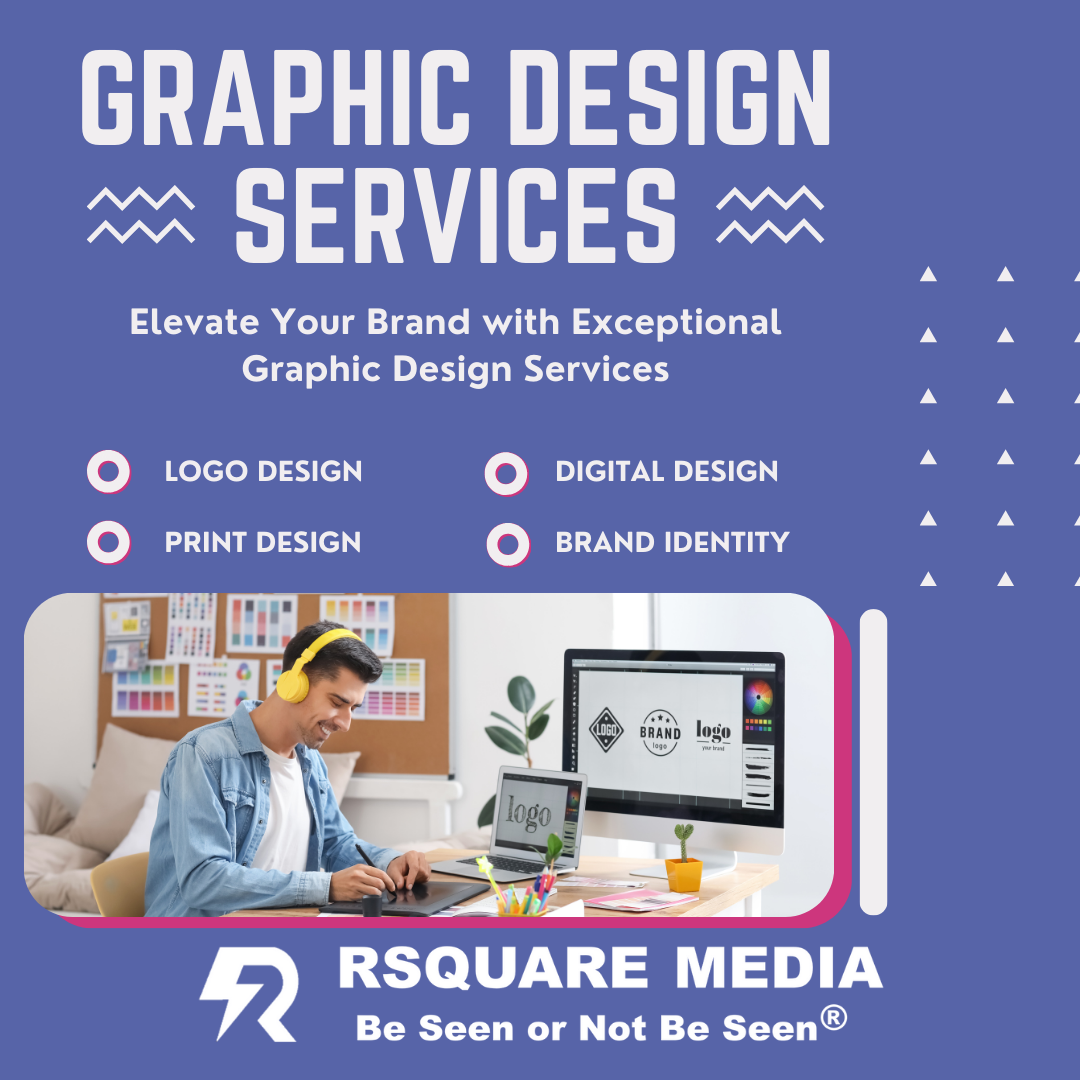Do you realize the mind-blowing impact visuals can have on your audience? In our hyperconnected world, first impressions are everything, and graphic design is the secret weapon to make that unforgettable connection.
From websites to marketing materials, graphics are the catalyst for your brand’s initial interaction. The key lies in implementing designs that accurately convey your story. So, let’s dive into the power of visuals and unlock the potential of graphic design!
Understanding Graphic Design
What is graphic design?
Graphic design is the art and practice of visual communication that involves creating visual content to convey messages, ideas, and information. It encompasses a wide range of design elements, including typography, imagery, color, layout, and various graphic elements. Graphic designers use their creative skills and design tools to craft visuals that serve specific communication purposes.
What Sets Graphic Design Apart?
Here are five key aspects that distinguish graphic design:
-
Graphic design creates brand recognition: Through carefully crafted visuals, graphic design helps establish a unique visual identity for a brand. It uses elements like colors, typography, and imagery to create a consistent and recognizable brand image.
-
Graphic design tells a story: It goes beyond aesthetics and uses visuals to convey messages and evoke emotions. Graphic design helps communicate the essence of a brand and connect with the target audience on a deeper level.
-
Graphic design is versatile: It can be applied to various mediums, including print and digital platforms. From logos and websites to posters and social media graphics, graphic design offers endless possibilities for creative expression.
-
Graphic design is problem-solving: It aims to solve communication challenges by visually presenting information clearly and engagingly. Whether it’s creating infographics or designing user interfaces, graphic design helps simplify complex ideas and facilitate understanding.
-
Graphic design emphasizes visual identity: It focuses on creating a cohesive visual language for a brand, ensuring consistency and coherence across all touchpoints
Visual Communication 101: Why it Matters
Visual communication is the process of conveying information and ideas through visual elements such as images, graphics, and typography. It plays a crucial role in graphic design and has a significant impact on how your message is received by your audience.
To help you understand the importance of visual communication, here is a table highlighting its benefits:
|
Visual Communication 101 |
|
Great graphics boost engagement |
|
Good design increases your sales |
|
Visual communication is essential for effective message delivery |
|
Visuals help convey complex information in a clear and concise way |
|
Visual communication enhances the overall effectiveness of your marketing materials |
|
Visual communication is a powerful tool that can shape decision-making |
Crafting a Cohesive Brand: The Role of Consistency
Why is graphic design important for branding?
Graphic design plays a vital role in shaping and defining the visual identity of a brand, helping to establish a strong and recognizable presence.
Here are five reasons why graphic design is important for branding:
-
Brand Awareness: Graphic design helps create a visual representation of your brand, making it memorable and recognizable to your target audience.
-
Consistency: By maintaining a consistent design across all marketing materials, you establish trust and credibility with your audience.
-
Visual Appeal: Well-designed graphics attract and engage customers, making them more likely to connect with your brand and ultimately make a purchase.
-
Brand Differentiation: Unique and creative graphic design sets your brand apart from competitors, helping you stand out in a crowded marketplace.
-
Emotional Connection: Graphic design has the power to evoke emotions and create associations in consumers’ minds, fostering a strong connection with your brand.
Beyond Logos: Why Your Brand Needs a Visual Identity
A visual identity encompasses all the visual elements that represent your brand, including colors, typography, and graphic styles. It is the visual language that communicates your brand’s personality and values to your audience.
To better understand the importance of a visual identity, let’s take a look at the table below:
|
Visual Identity Benefits |
Description |
|
Consistency |
Establishes a unified and recognizable brand |
|
Differentiation |
Sets your brand apart from competitors |
|
Brand Recognition |
Builds familiarity and trust with your audience |
|
Emotional Connection |
Evokes emotions and creates a memorable brand experience |

